The Best Time to Visit Wales by Month (From a Local)
Are you planning a trip and wondering about the best time to visit Wales? You’re in the right place! I was so lucky to have grown up in Wales, and have my family still live there. Whenever I visit I’m reminded of how underrated and diverse it is as a country. From ancient castles and cozy pubs to scenic trails and lively festivals, Wales has an extensive list of amazing experiences all year round. I just can’t believe I’ve taken so long to write a blog post about my Wales!
Personally, I think the best time to visit Wales is anytime. But that wouldn’t make for a very informative blog post, would it? So, let’s get into it. Below I am going to break down the best time to visit Wales month by month, including tips and recommendations on what to do and where to go (spoiler alert, I’m very biased!)
The Best Time to Visit Wales by Month
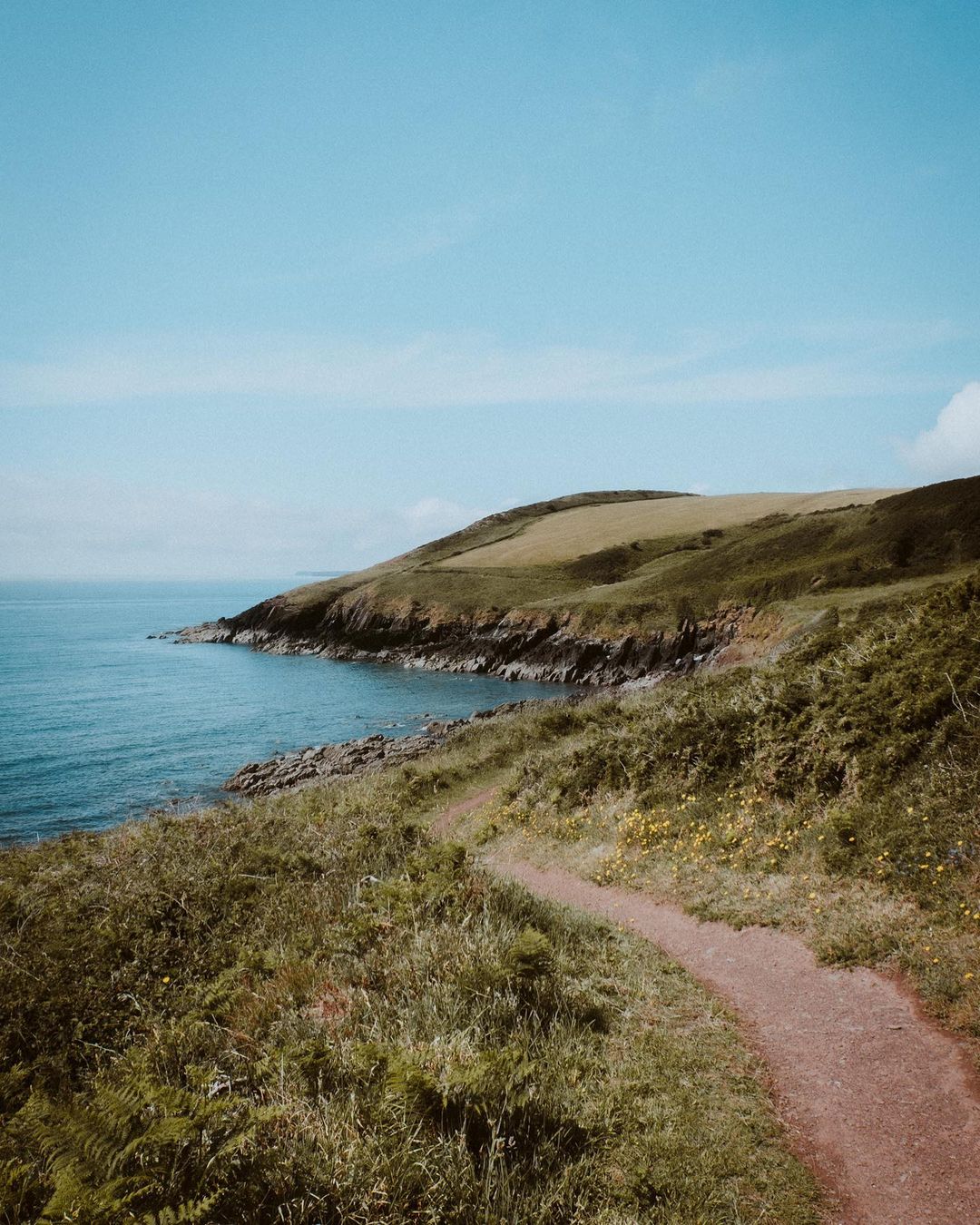
January and February
Winter’s cold embrace is firmest in Wales during these months. In January, daily highs in Wales hover around 7°C, seldom dropping below 2°C or rising above 11°C, with the coldest average daily high at 7°C.
While places like Cardiff don’t get too much snow, places like Snowdonia (it’s real Welsh name being Yr Wyddfa) wears a white blanket of snow during Jan and Feb. For those keen on photography, this may be the best time to visit Wales. The contrast of white peaks against clear blue winter skies is breathtaking. However, I would caution against doing any mountain hiking during these months, unless you are a pro. While the weather may seem calm and the perfect conditions for some snow hiking, the conditions can change really quickly. Welsh weather is very unpredictable at the best of times, but especially during these months.
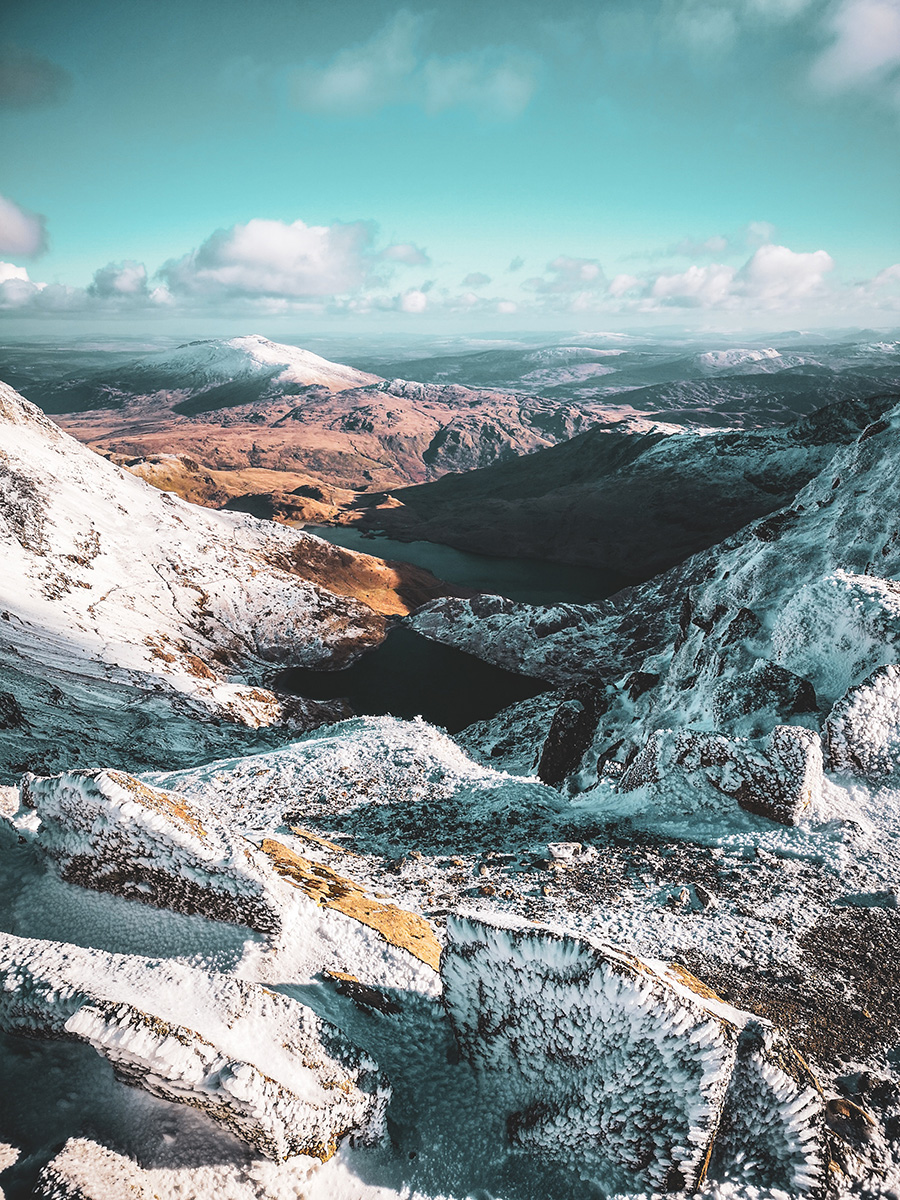
If winter walks aren’t your thing, Wales has festivals that celebrate old traditions and are perfect for experiencing Welsh culture. On January 6th, Appreciate a Dragon Day invites everyone to explore dragon stories and art. Then, on January 25th, St. Dwynwen’s Day is all about love, similar to Valentine’s Day, with gifts and trips to Llanddwyn Island, a place tied to a Welsh princess’s legend.
Wales’ history comes alive in winter, too. You can tour grand castles like Conwy and Caerphilly, enjoying indoor tours that keep the chill away. And for a real warm-up, try a Welsh pub’s hearty Cawl soup and a pint of the local beer.
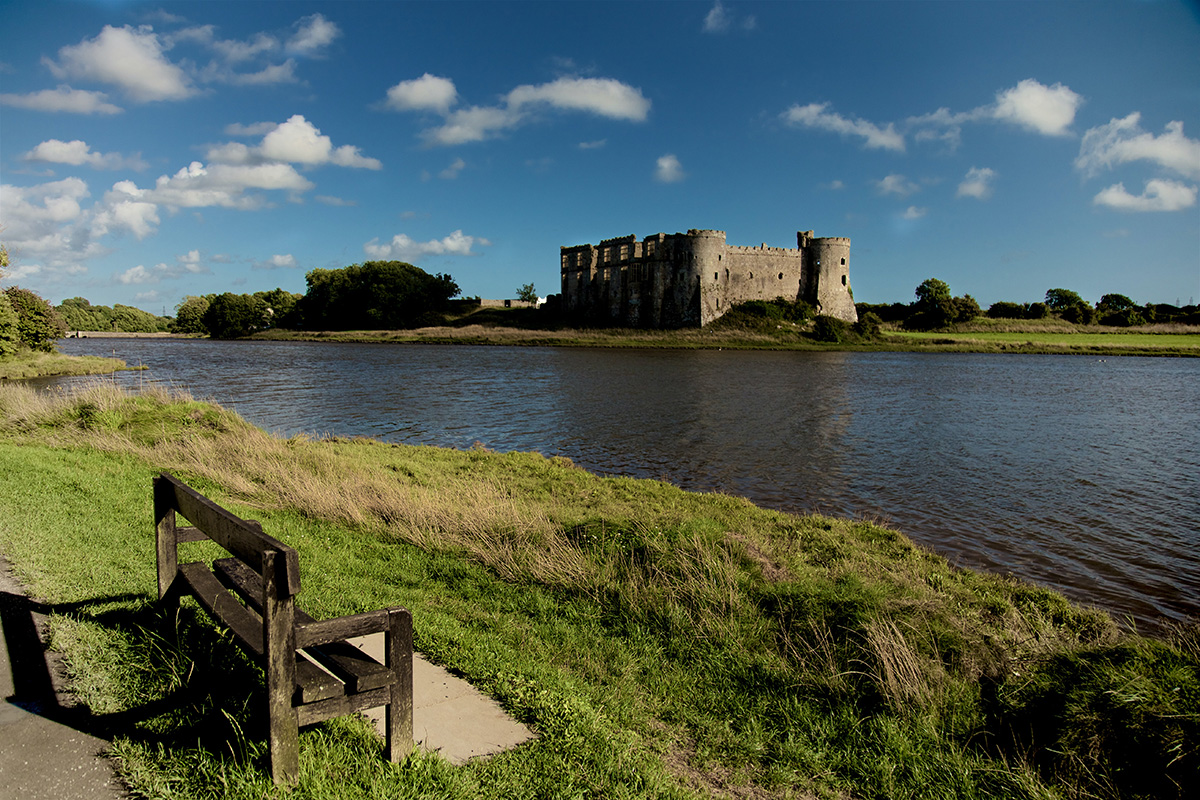
March and April
In my opinion, this is the best time to visit Wales.
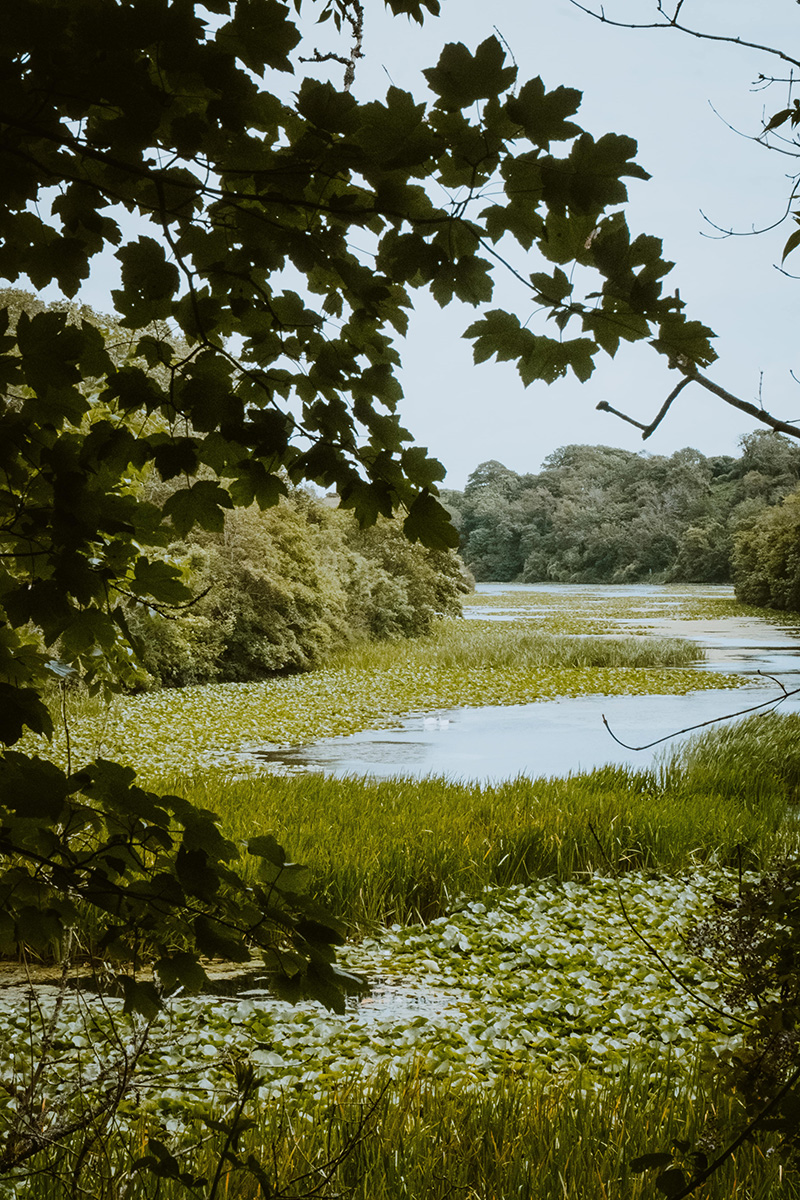
Spring in Wales is a colourful affair. The woods and fields get covered with bluebells, especially in places like Dinefwr in Brecon. Coed y Bwnydd is a well-kept hill fort in Monmouthshire where you enjoy a sea of bluebells in spring, and great views of the Sugarloaf and Usk Valley.
In April, Wales enjoys mild days around 9°C with occasional quick showers and bursts of sunshine, while water remains cold, and cleared mountain trails beckon hikers, so come prepared for both rain and sunshine.
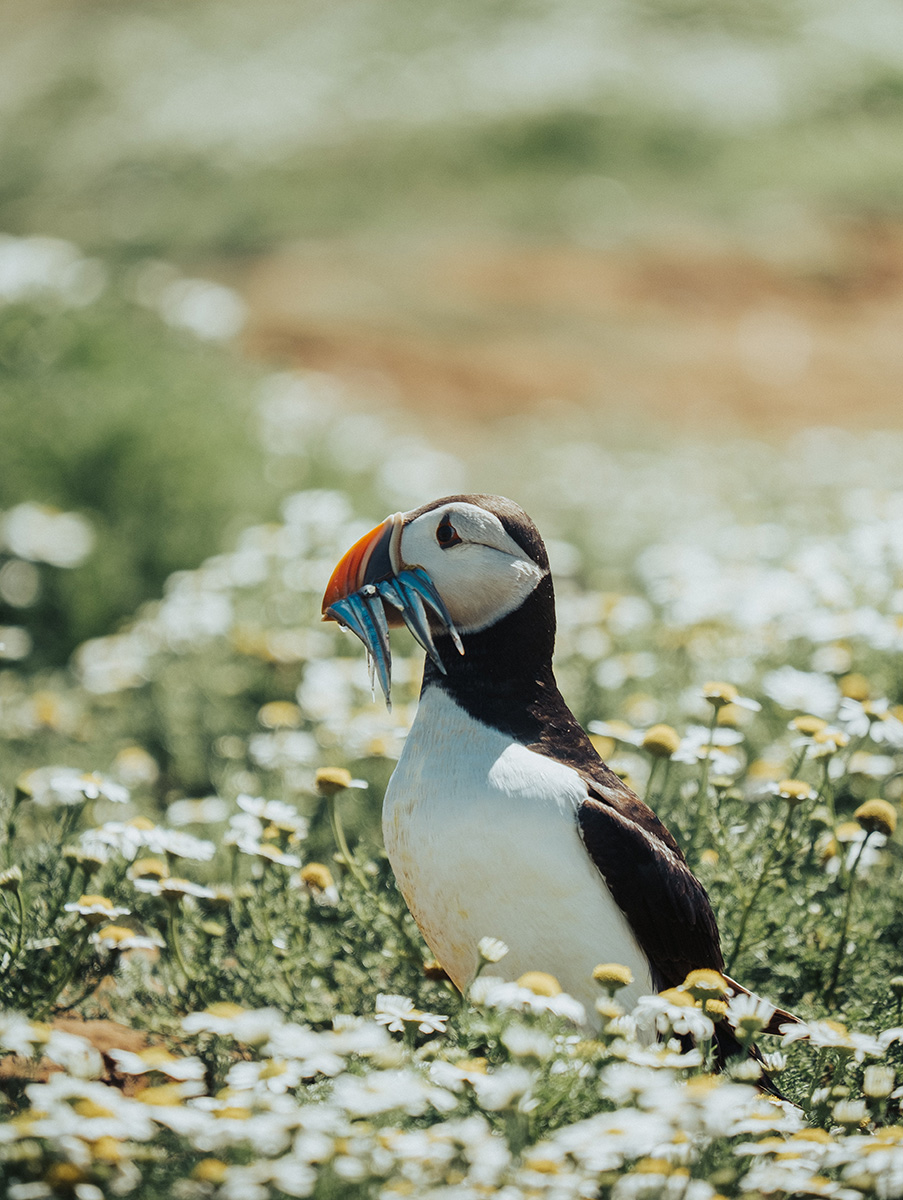
The local puffins really are the highlight of spring on the coast
I am biased but spring in Pembrokeshire is unbeatable IMO. I grew up here and can tell you the whole coast really wakes up in March and April. You’ve got all the local birds back from their world tours, including hundreds of puffins around the coast. Skomer Island in Pembrokeshire is the best place to see puffins and the vibrant bluebells that the island is famous for. The fields are lively with newborn lambs, and this is when Daffodils (Wales’ national flower) start popping up everywhere, especially around March 1st, when we celebrate St. David’s Day. It’s a special time at the cathedral in St. Davids, which is the captial of Pembrokeshire and one of Europe’s smallest cities.
Plus, spring is the best time to find a deal on places to stay and there’s plenty of room for activities, too. The local spots in Pembrokeshire are ready to dish out some good, fresh food (make sure to go to Cafe Mor in Angle for the best beach food!).

The lobster roll is the best fuel for a long beach walk
May and June
Summertime is festival time in Wales. In May and June, daily highs rise from 17°C to 20°C and lows from 9°C to 11°C, with occasional temperatures dipping to 6°C or climbing to 25°C – if you’re lucky!
The Hay Festival in Hay-on-Wye, a literature and arts festival, draws enthusiasts globally. Beachgoers can enjoy the sun-kissed shores of the Gower Peninsula and Pembrokeshire, without the school holiday tourists (more on this below). While adventurers might tackle the Welsh Three Peaks Challenge, Snowdon, Cadair Idris, and Pen y Fan. If you’re not super keen on completing three crazy hikes in one day, Pen Y Fan is a great option for those wanting a moderate hike with insane views of the South Wales Valleys.
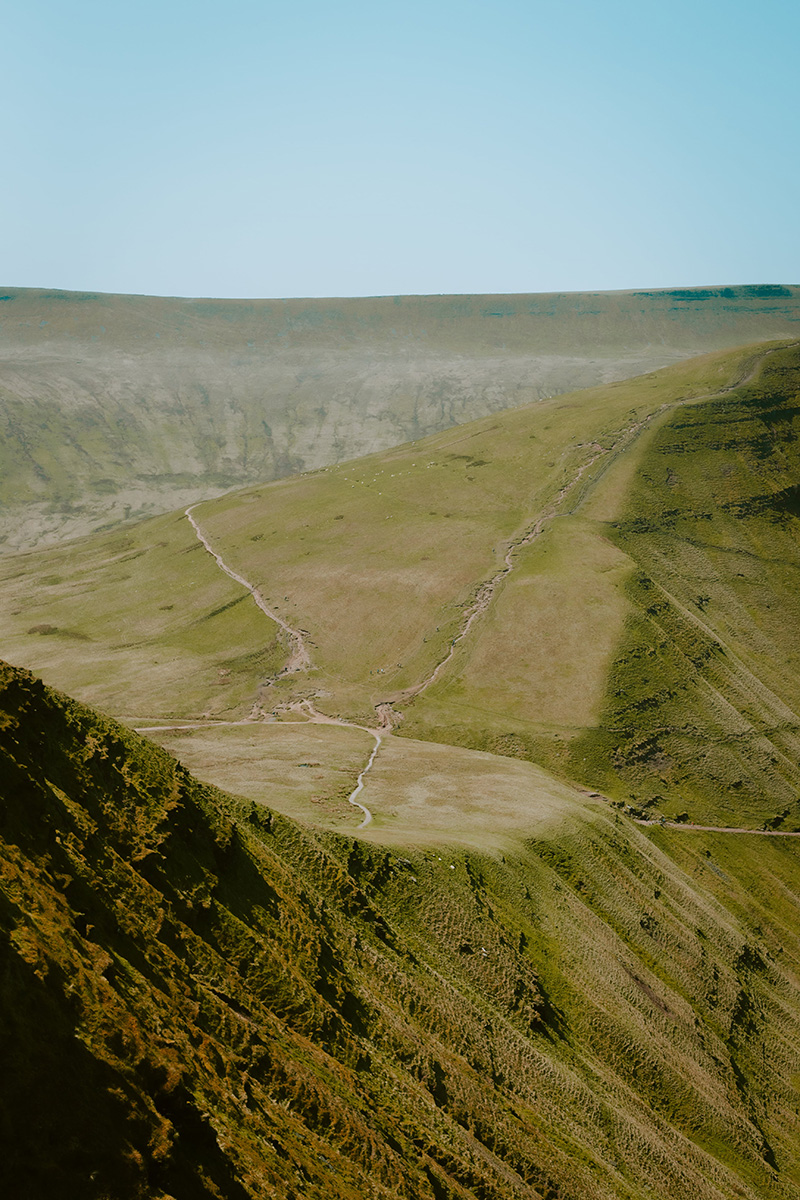
Pen Y Fan
As summer makes its presence felt, the allure of the outdoors becomes irresistible. Trails across national parks such as Pembrokeshire Coast National Park beckon hikers with panoramic views. For beach lovers, locations like Rhossili Bay and Tenby offer golden sands and clear waters. The adventurous can catch waves at Porthcawl, or Freshwater West Beach in Pembrokeshire where there are world-renowned surf spots.
July and August
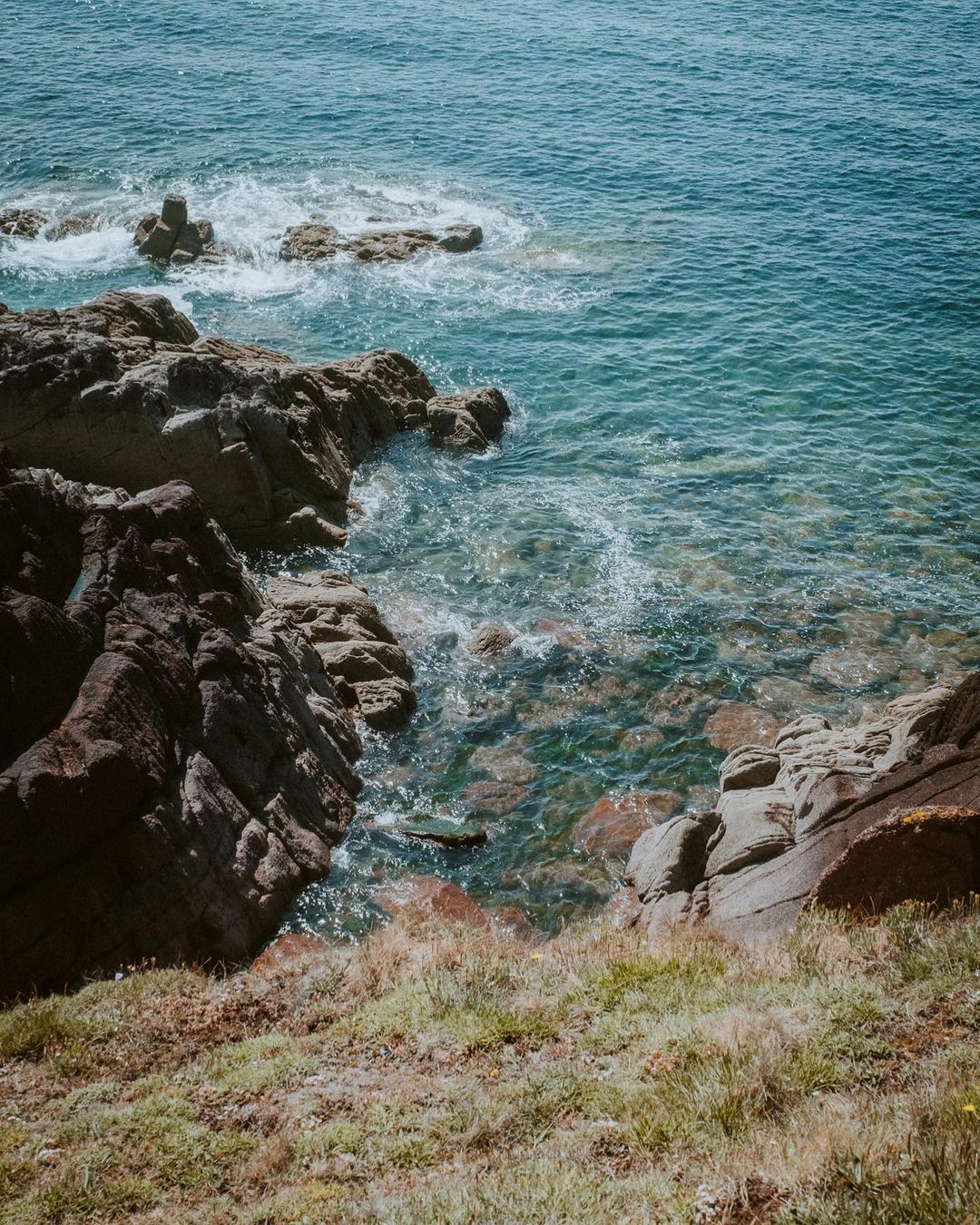
Wales or Spain? The water is super clear in Wales.
Weather-wise, July and August are the best time to visit Wales. August in Wales is pleasantly warm with average highs of 20°C, and Cardiff often hits 22°C, though the coast and mountains are cooler. Expect some rain and pack a waterproof, but the sea is lush for swimming at around 17°C.
While these months can be bustling, they also herald some of the most iconic events. There’s the Tenby Spectacular in Pembrokeshire, Green Man Festival in Brecon and the Royal Welsh Show. Probably the most Welsh thing you should do during summer is the National Eisteddfod, an annual festival celebrating Welsh culture, language, and arts. It happens every first week of August, moving around Wales to feature music, literature, and art. There’s also Westival in Pembrokeshire, where I had the pleasure of being invited to to take pictures last year. It’s been voted as one of the best boutique festivals in the UK by The Times. So if you like dance music and you’re in Pembrokeshire, make sure to drop by.
You can see all the other Westival pics on my portfolio website hollahphotography.
Be warned though, Summer in Wales is a busy affair. Especially beaches and coastal towns. Wales has some of the best beaches in the world and they really come alive during July and August while schools out. Expect packed beaches and busy towns full of tourists. Places like Tenby, Llandudno and Aberystwyth become extremely busy during these months. This isn’t a bad thing, of course, but something to keep in mind if you’re planning on a quiet escape. I will write a blog on all the hidden gem beaches from a locals perspective very soon!

Freshwater West Beach in Pembrokeshire is my absolute favourite
September and October
As the months pass into Autumn, Wales sees a slight chill with daily highs dropping from 19°C to 16°C and nightly lows from 11°C to 9°C, although temperatures can vary a bit more during these months – Wales can be known to have lovely Indian summers.
Autumn isn’t just a visual treat; it’s the best time to visit Wales for food lovers. The Abergavenny Food Festival celebrates Welsh cuisine, offering a smorgasbord of flavours from around Wales. History buffs can indulge in Open Doors Days during September. Open Doors allows free access to over 200 of Wales’ treasured and typically inaccessible sites, as part of the European Heritage Days. This offers you a chance to explore Wales’ rich built heritage through events and tours at no cost.
Autumn brings the dramatic deer rut to Margam Park, where you can hear the calls of red, fallow, and Père David’s deer. These months are also the best time to visit Wales for forest walks, especially in the Wye Valley, famous for its trails and visiting the amazing Tintern Abbey ruins.
Seal watching is a huge highlight too, with the Welsh coast hosting large colonies of grey seals and their white pups on islands like Bardsey, Skomer, and Ramsey Island, where about 600 pups are born annually. You can take guided trips from Tenby harbour for best seal safaris.
November and December
Winter in Wales is wet, windy, and cold, with temperatures ranging from 5°C to 9°C, slightly warmer in Cardiff, and harsher in the mountains and Pembrokeshire coast, so pack waterproofs, warm layers, and wellies.
During November and December Wales transforms into a winter wonderland. The towns of Caernarfon, Conwy, and Llandudno are known for their festive lights, Christmas markets, and traditional Welsh food. Town squares and streets come alive with Christmas markets, where you can find unique gifts, sumptuous festive food, and aromatic mulled wine. The Christmas Market stalls in Cardiff feature skilled artisans selling unique items, from bespoke silver jewellery and wooden gifts to various artworks, glass pieces, ceramics and handmade quilts.
In winter I think there’s nothing better than cozying up (or ‘cwtching’ up as we say in Wales) in a traditional Welsh pub by the fireplace with a mulled wine and roast dinner. Every town has a hidden gem pub where you’ll find a gaggle of locals singing and drinking. One of the best things about being in a Welsh pub is how friendly everyone will be – they’ll want to know everything about you, where you’re from, what you do, who your Nan is. Us Welsh are a chatty (and nosy) bunch.
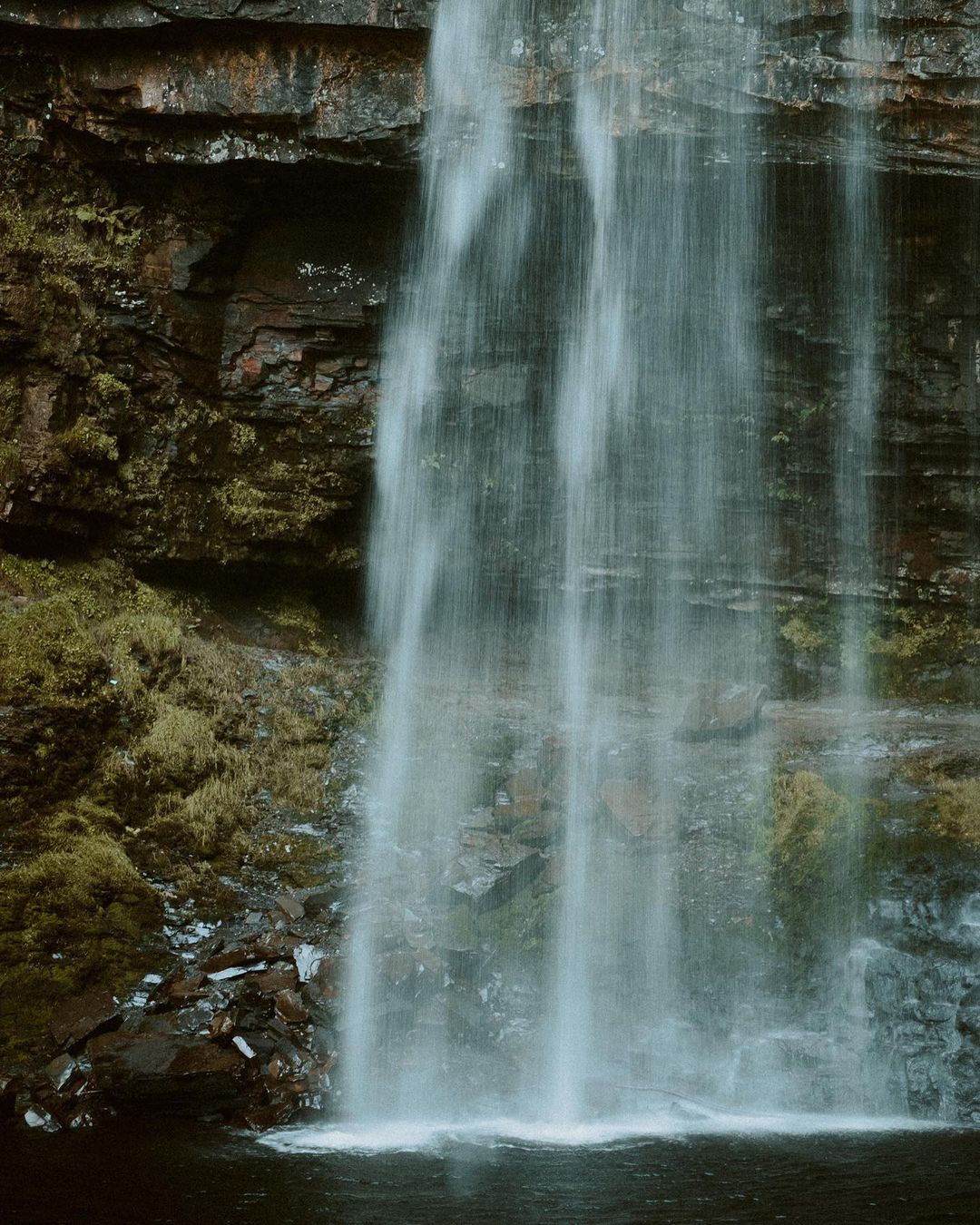
Waterfall Country is teeming with lush waterfalls that don’t close in Winter
Snow will return to the peaks during these months, which offers a new opportunity for extremely scenic winter walking. If you’re ok with the (very likley) prospect of rain you’ll find most trails are empty during these months. Places like the Pembrokeshire Coast, Waterfall Country and Snowdonia will be open for business for those who want to brave the wet.
Conclusion
In summary, each month in Wales brings its own unique charm, making it a great year-round destination. From the peaceful, snowy landscapes in winter to the sunny, lively beaches in summer, there’s always something special to experience. Spring offers colorful blooms and birdwatching, especially in Pembrokeshire, while autumn is perfect for food lovers. Whether you’re exploring historic sites during Open Doors Days or enjoying Christmas markets in winter, Wales has plenty to offer. Just remember to pack for all weather and get ready to enjoy everything from scenic walks to cozy pub visits, no matter when you choose to visit.
The underlying message from this local is: just go! Wales, has such a diverse landscape and profound history. It’s undoubtedly one of the most underrated places in the UK.
What else would you like to know about Wales? Let me know in the comments below and I’ll either answer there or get cracking on a whole blog to do with it.👇



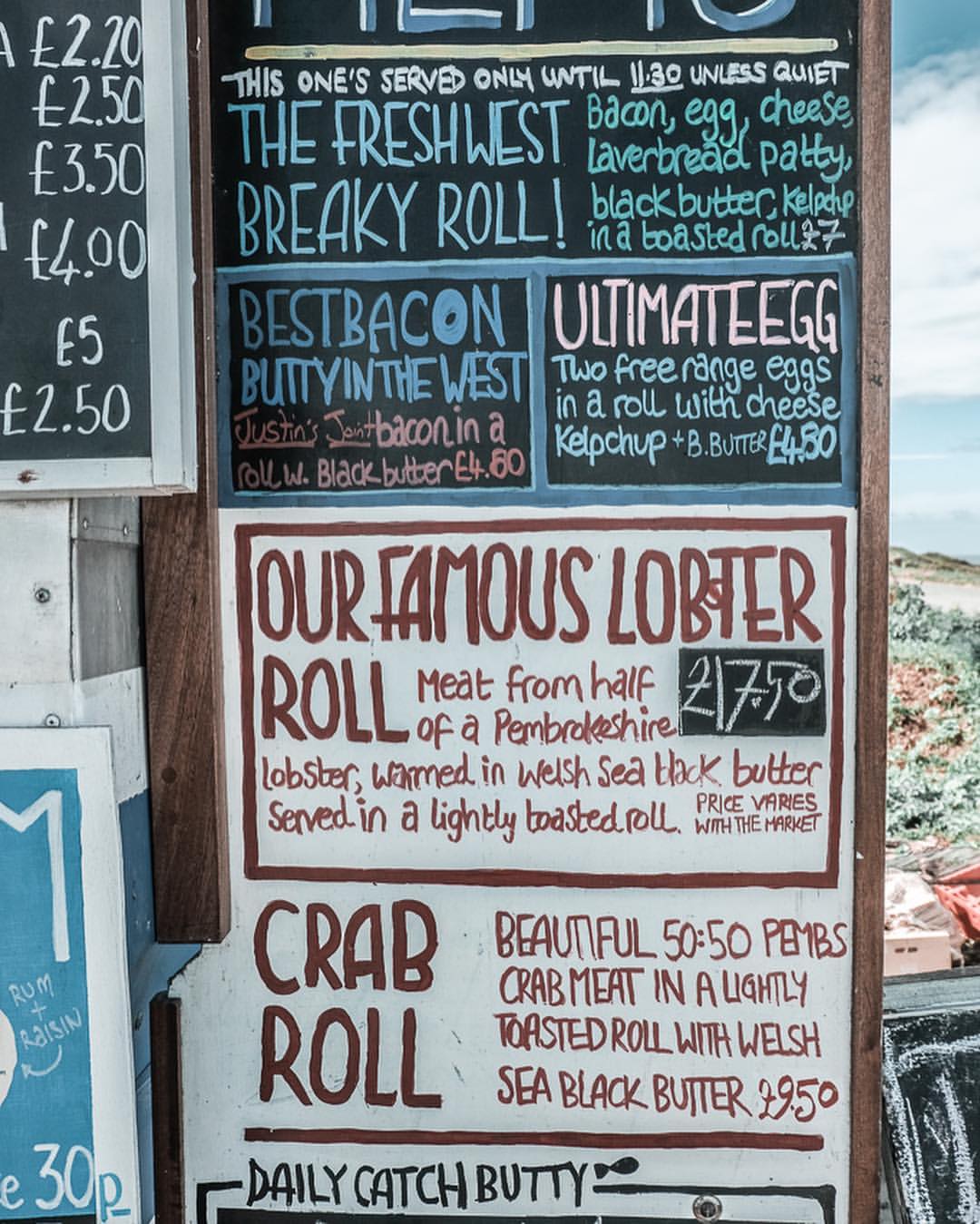
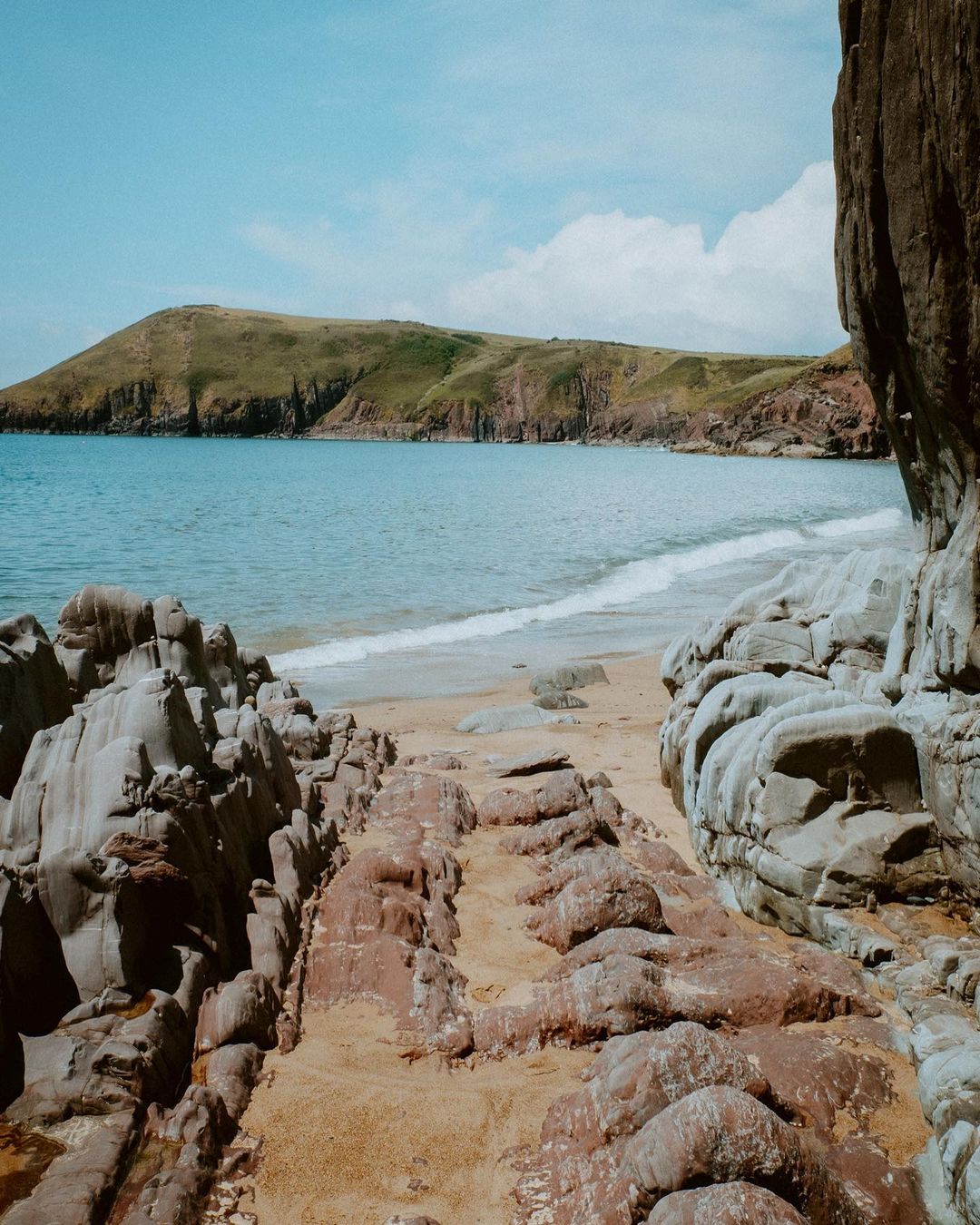




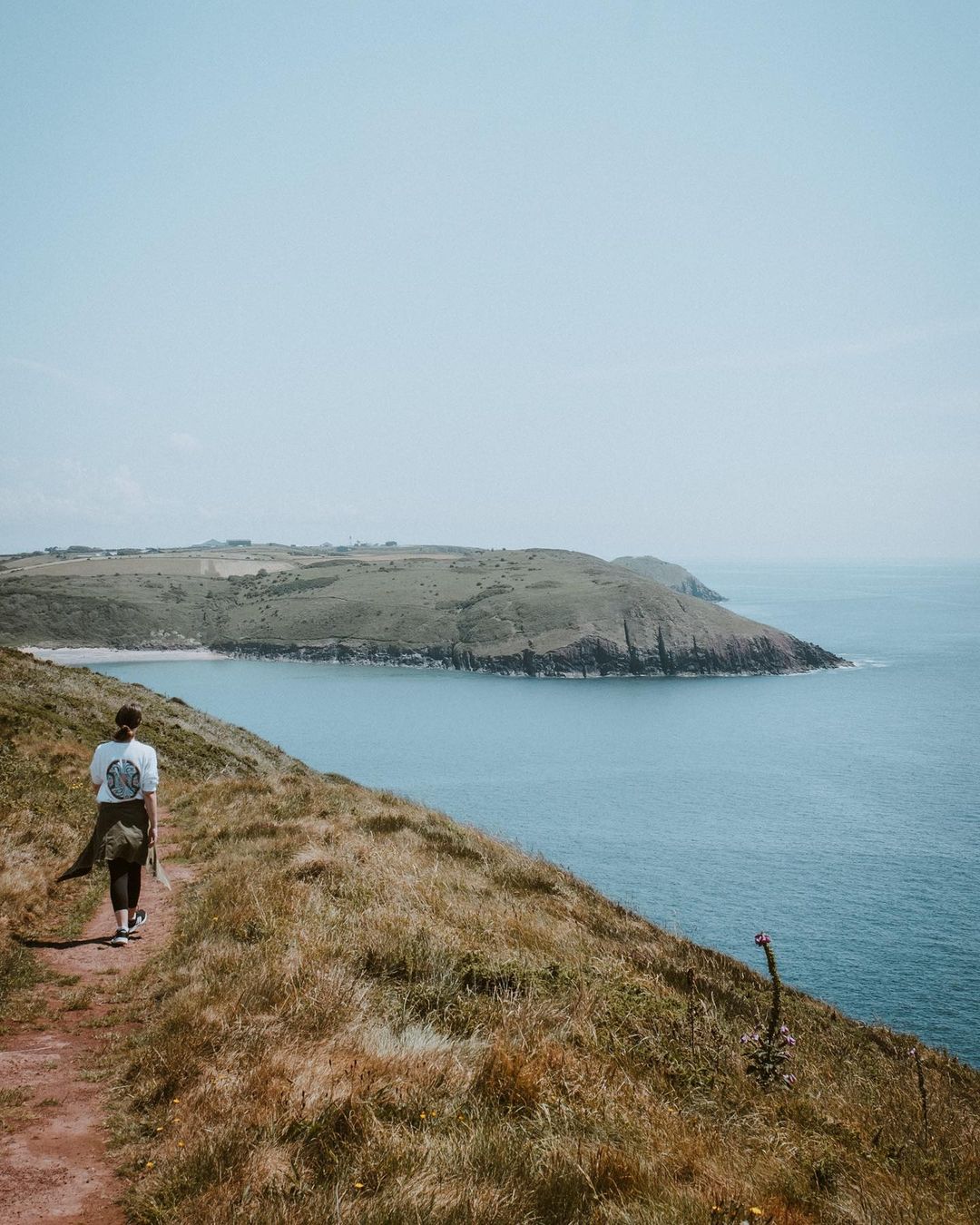
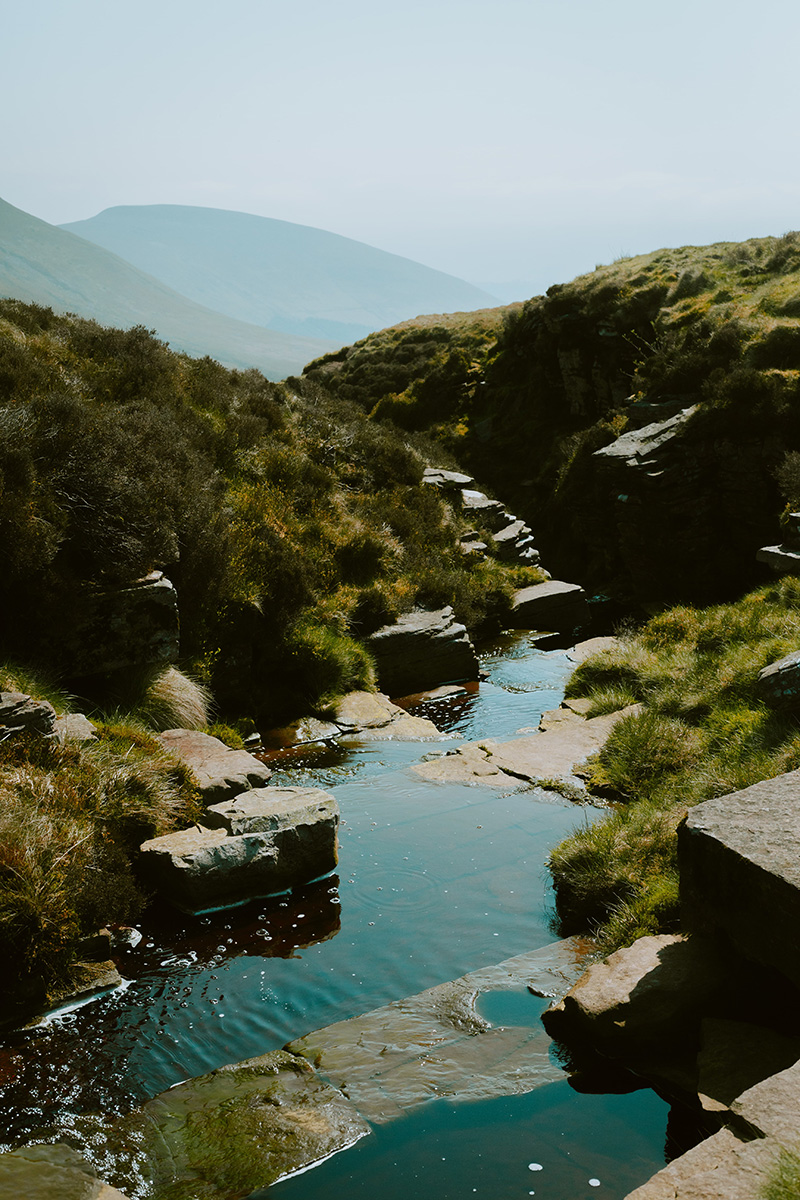
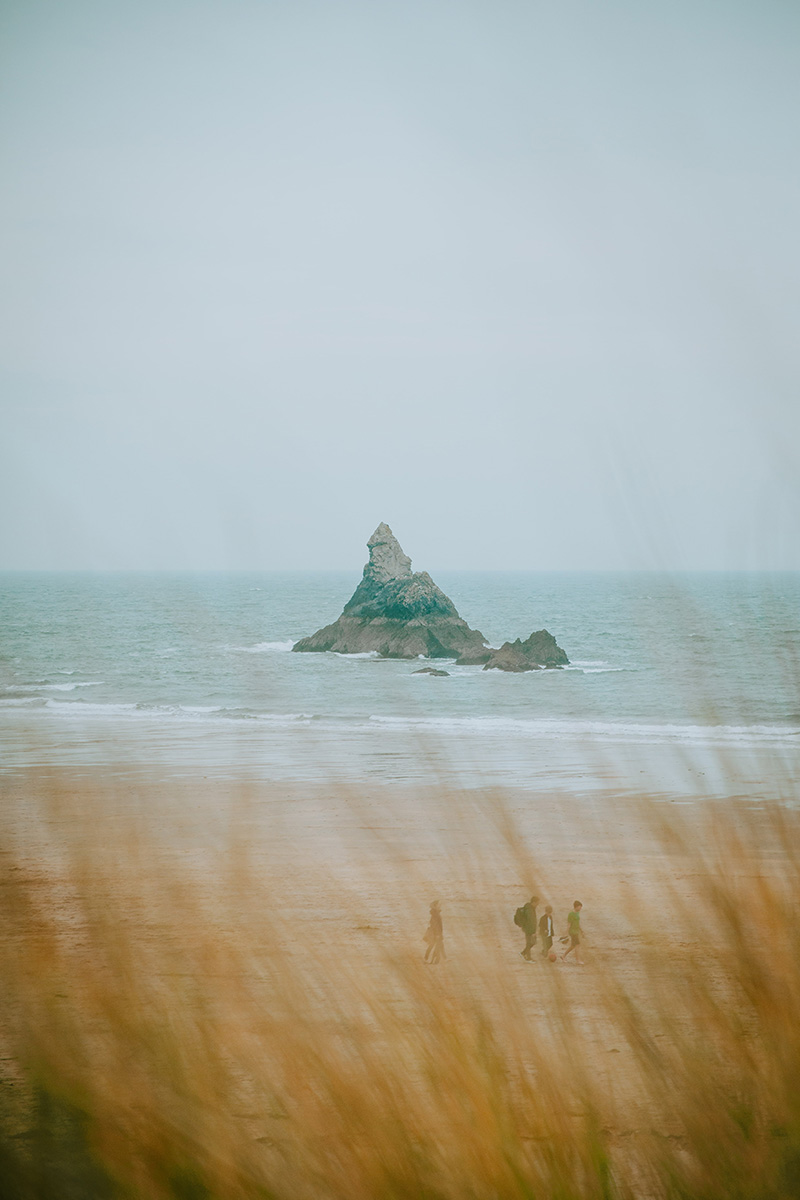
















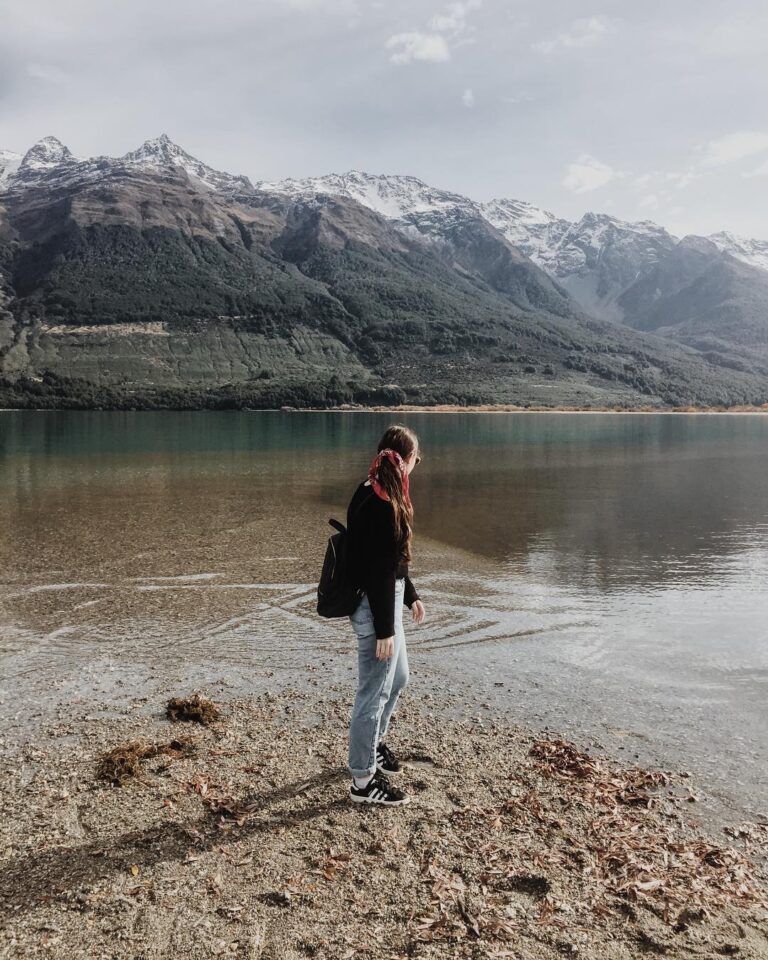





Katie Hollinhead
Your blogs about Wales are my favourites. Love that you stick to your roots!